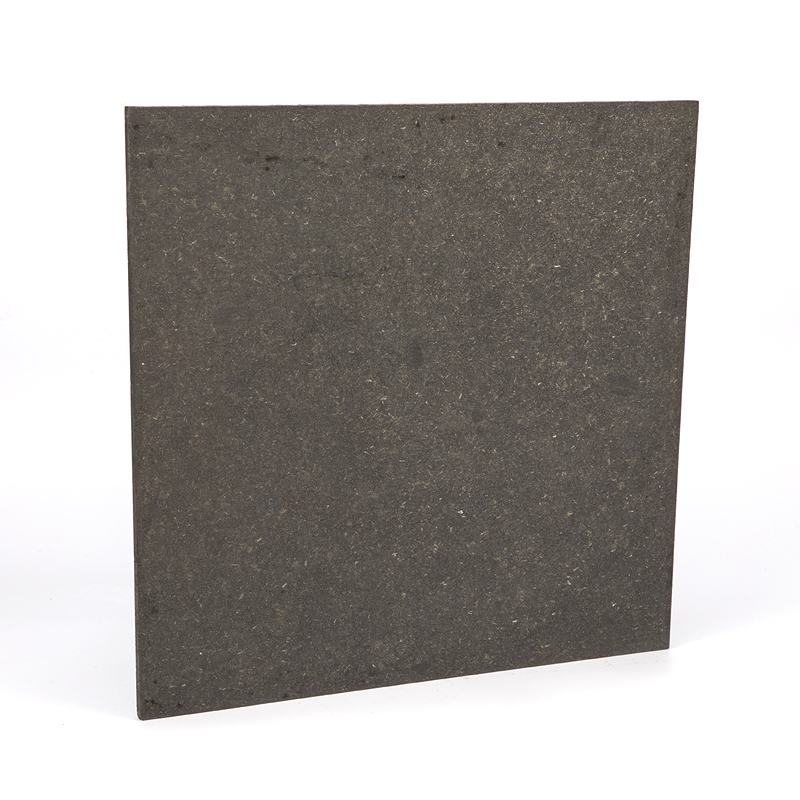Servo motor brakes are used in many ways, which can maintain all normal operations of the car and avoid car accidents. In addition to opening the brake pads, everyone must also master its principles and control methods. If you have time, you can visit Tama United to have a look.
Detailed introduction of servo motor brake principle
1. Power off
The brake of the power-off type servo motor presses the brake pad with the spring of the fan coil, and the friction block brakes according to the sliding friction force.
2. Plug-in
The brake of the plug-in servo motor brakes according to the friction of the flange plate, the brake disc, and the brake pad.
Control method of servo motor brake
1. Dynamic braking
When the power is turned off, common failures or the direction must be changed, it can be manipulated according to dynamic braking.
2. Regenerative braking
Regenerative braking is often used when parking or slowing down.
3. Magnetic induction braking
The magnetic induction brake is operated according to the mechanical equipment.
That's it for the analysis of servo motor brake principles and manipulation expertise. I look forward to helping everyone.

Service Hotline:
Phone: +86-574 63498399
Fax: +86-574 63498588
Email: info@cnorient.com.cn
sales@cnorient.com.cn
Address: Sanjiangkou Industrial Park, Zhouxiang Town, Cixi City, Zhejiang Province

Scan to contact us